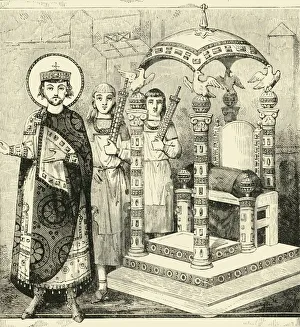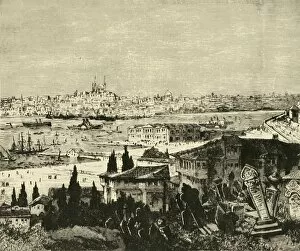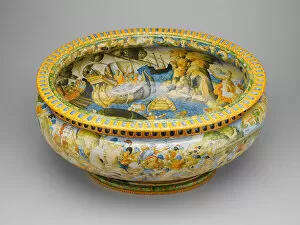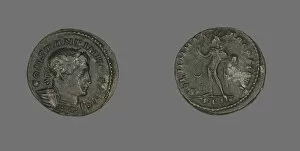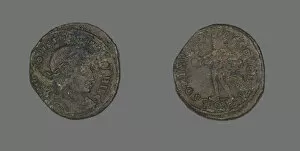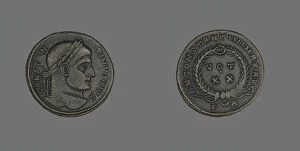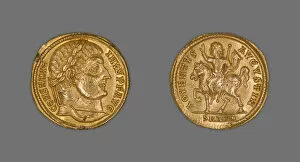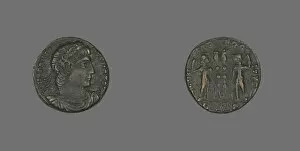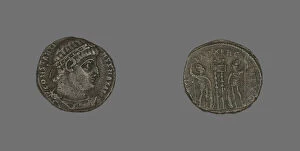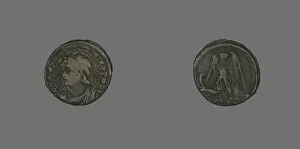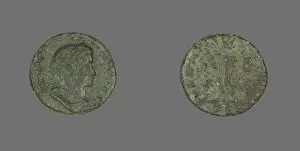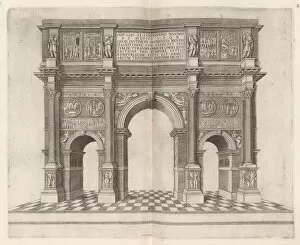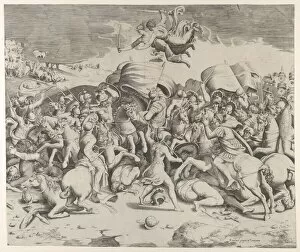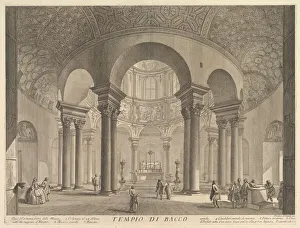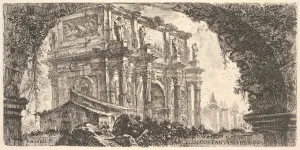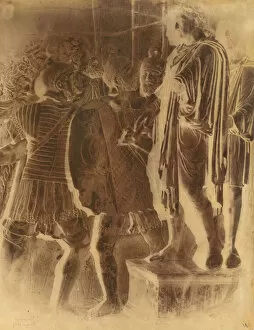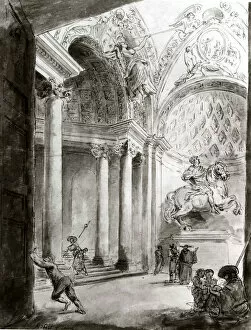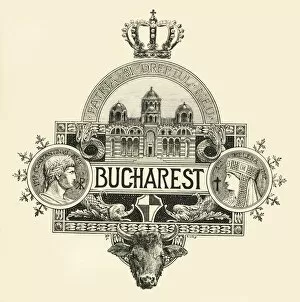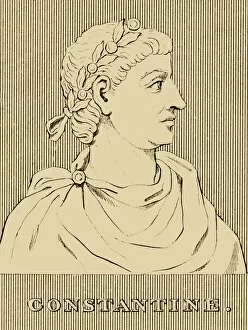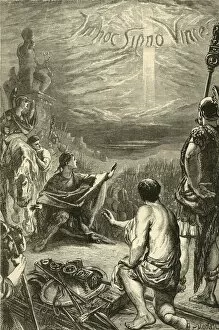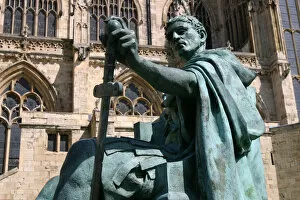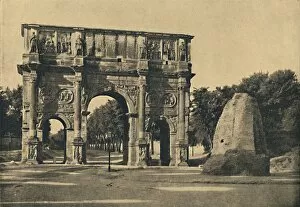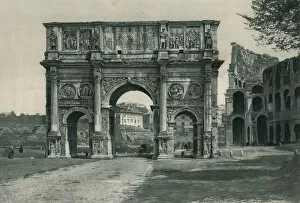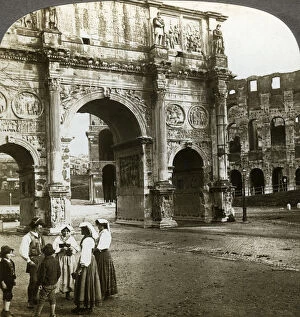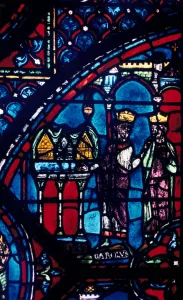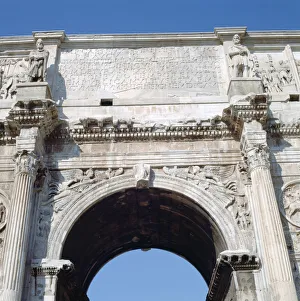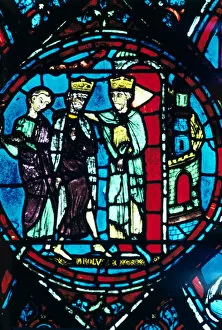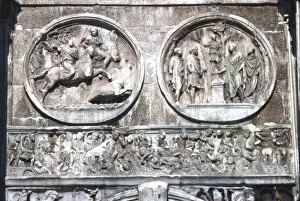Flavius Valerius Constantinus Collection
Flavius Valerius Constantinus, also known as Emperor Constantine I, was a significant figure in ancient history
All Professionally Made to Order for Quick Shipping
Flavius Valerius Constantinus, also known as Emperor Constantine I, was a significant figure in ancient history. His legacy is depicted through various artifacts and artworks that have survived over the centuries. One such artwork is the "Untitled (Basilica of Maxentius)" created by Robert MacPherson in 1857. This painting showcases the grandeur and magnificence of the basilica, which was commissioned by Constantine himself. It stands as a testament to his architectural prowess and his desire to leave a lasting mark on Rome. Another artifact associated with Constantine is the "Throne of the Byzantine Emperors, " whose creator remains unknown. This ornate throne symbolizes his power and authority as ruler of the Byzantine Empire. Its intricate design reflects both his wealth and influence during his reign. Constantinople, now modern-day Istanbul, holds immense historical significance due to its association with Emperor Constantine I. The photograph taken in 1890 captures this iconic cityscape, showcasing its majestic architecture and rich cultural heritage shaped under his rule. The "Wine Cistern" created by Francesco Durantino in Italy in 1553 serves as a reminder of Constantine's love for luxury and indulgence. This elaborate wine storage system exemplifies his opulent lifestyle while highlighting Italy's role as an important center for trade during that era. Coins portraying Emperor Constantine I are valuable artifacts that provide insight into his reign and image representation at different periods throughout history. These coins were minted between AD 307-337, showcasing him from early adulthood until later years when he consolidated power within the Roman Empire. Flavius Valerius Constantinus left an indelible mark on history through various artistic representations like paintings, thrones, coins depicting him or related to him directly or indirectly; these artifacts serve as reminders of his influential reign as well as shed light on different aspects of his life and the era he lived in.


